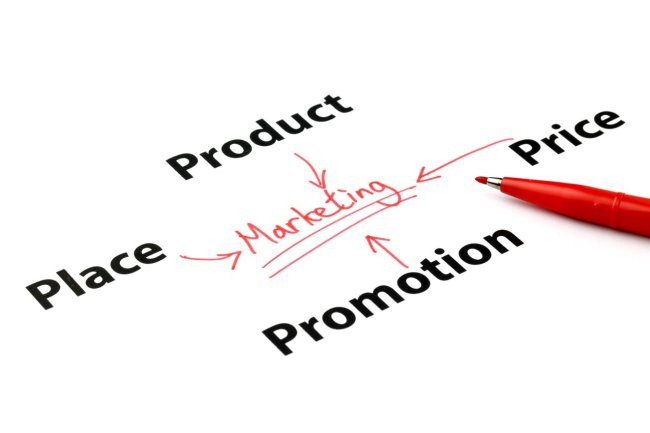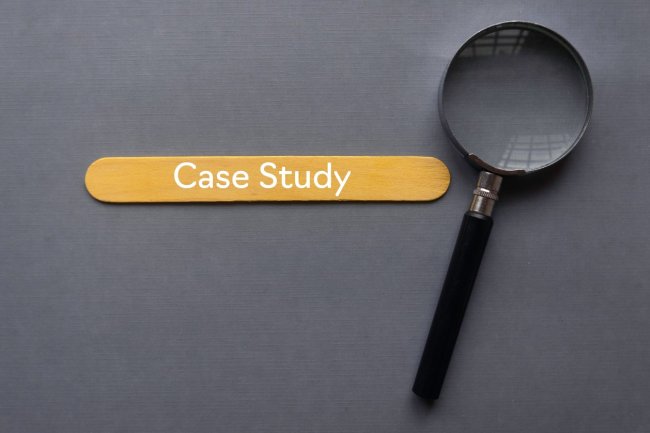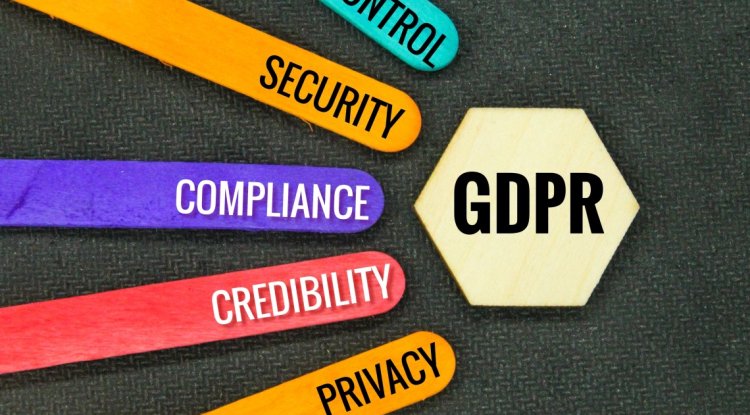COPPA and Email Marketing: Ensuring Child-Safe Communication
Learn how to navigate COPPA regulations to ensure child-safe email marketing communication. Explore strategies, case studies, and best practices for protecting young audiences.

The Children's Online Privacy Protection Act (COPPA) stands as a critical safeguard for children's privacy in the digital age. Amid the ever-evolving landscape of email marketing, ensuring child-safe communication has become more complex and essential than ever before. In this article, we delve into the nuances of COPPA regulations and explore strategies for crafting email marketing campaigns that prioritize the privacy and safety of young audiences.
Understanding COPPA
COPPA was enacted to empower parents and guardians with control over the online collection of personal information from children under 13. For email marketers, this translates to a series of stringent requirements. Obtaining parental consent, clearly outlining data collection practices, and maintaining data security are central pillars of COPPA compliance.
Crafting Child-Safe Email Campaigns
-
Explicit Consent: Prior to collecting any personal data, secure verifiable parental consent. Implement a two-step verification process to ensure the legitimacy of the consent.
-
Transparent Communication: Provide a comprehensive and easily understandable privacy policy. Clearly explain how data will be collected, used, and protected.
-
Age Verification: Employ age verification mechanisms to ascertain the user's age before collecting any personal information.
-
Limited Data Collection: Only gather essential information for the campaign's purpose. Avoid unnecessary data points that could pose privacy risks.
-
Secure Storage: Implement robust data security measures to prevent unauthorized access or breaches of collected data.
Case Study: XYZ Kids Apparel
XYZ Kids Apparel, a children's clothing brand, faced the challenge of promoting their products while adhering to COPPA regulations. By developing a COPPA-compliant email marketing strategy, they successfully obtained parental consent, provided transparent communication, and limited data collection. As a result, their email campaigns reached their target audience effectively while ensuring child-safe practices.
Best Practices for Child-Safe Email Marketing
-
Segment Audiences: Differentiate between adult and child audiences to tailor content and communication appropriately.
-
Interactive Content: Create engaging and interactive content that resonates with young users without compromising privacy.
-
Regular Audits: Conduct periodic audits to assess compliance and update practices according to evolving regulations.
About Myself
With a rich background in Campaigns Planning and Execution, Building Automation Tools, Developing PHP-based websites, and Server Management, I bring over 8 years of experience to the table. My technical prowess extends to various tools and technologies, making me a valuable asset in any technical team. Connect with me on LinkedIn to explore my contributions further.
Empowering Through Knowledge
Our platform, Zigmo.in, the Zero-Intrusion Guard for Marketing Operations, is committed to providing valuable insights like this article to empower professionals worldwide. Through practical guidance and strategic resources, we help individuals and organizations navigate complex challenges. Learn more about how our efforts are making a difference in the realm of marketing operations and technology.
In conclusion, safeguarding child privacy within email marketing requires a comprehensive understanding of COPPA regulations and a proactive approach to compliance. By adopting transparent practices, securing parental consent, and prioritizing data protection, email marketers can strike a balance between effective communication and child-safe practices. As the digital landscape continues to evolve, upholding the principles of COPPA ensures that young audiences are engaged with the utmost respect for their privacy and security.
What's Your Reaction?




















